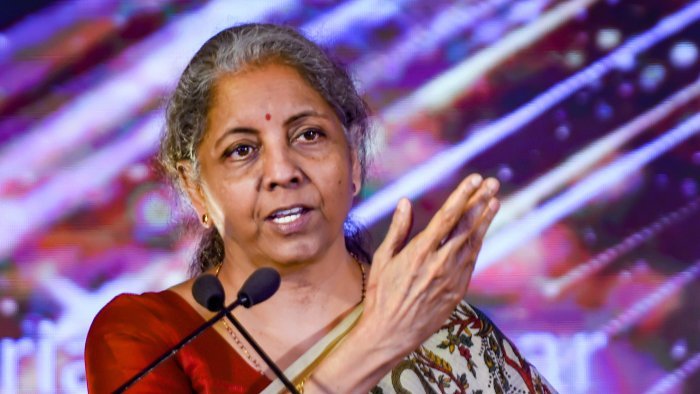Finance Minister Nirmala Sitharaman said note in circulation (NiC) has witnessed an annual growth of 7.98 per cent to Rs 31.92 lakh crore as of December 2, 2022. The demand for currency depends upon several macroeconomic factors, including economic growth and level of interest rates, she said.
Buy Prime Test Series for all Banking, SSC, Insurance & other exams
More About This: Cash Is Still King:
Six years after demonetisation, the currency in circulation has jumped to a new high of Rs 32 lakh crore reflecting that cash still remains the preferred choice of payment for Indians. Compared with the pre-demonetisation period, it has increased by a massive 72 per cent( in value and 45 % increase in volume) from Rs 17 lakh crore on November 4, 2016. The demonetisation (of Rs 500 and Rs 1,000 notes that ceased to be legal tender) was announced by Prime Minister Narendra Modi on November 8, 2016, with the aim of reducing the circulation of black money in the economy, among other objectives.
Key Points Regarding This:
- While comparing absolute numbers, it is important to compare them with the GDP, as it is the key indicator of measuring cash in the system in tune with economic growth. A back-of-the-envelope calculation shows that at present, currency in circulation is at 13 per cent of GDP compared to 14 per cent last year.
- The figure was 13 per cent in 2020 as the Reserve Bank of India (RBI) had infused liquidity into the system after the outbreak of the Covid-19 pandemic. Incidentally, the cash in circulation as a percentage of GDP was at 12 per cent in 2016.
- While the cash in circulation has gone up, digital payments have also been on the rise. According to data from the banking regulator, the RBI-Digital Payments Index, which tracks digital payments, rose 29.08 per cent to hit an all-time high of 349.3 points in March 2022 from 270.59 points a year ago.




 Exploring Bondi Beach: Sun, Surf and Syd...
Exploring Bondi Beach: Sun, Surf and Syd...
 ISRO Projects Seven Launches Including U...
ISRO Projects Seven Launches Including U...







